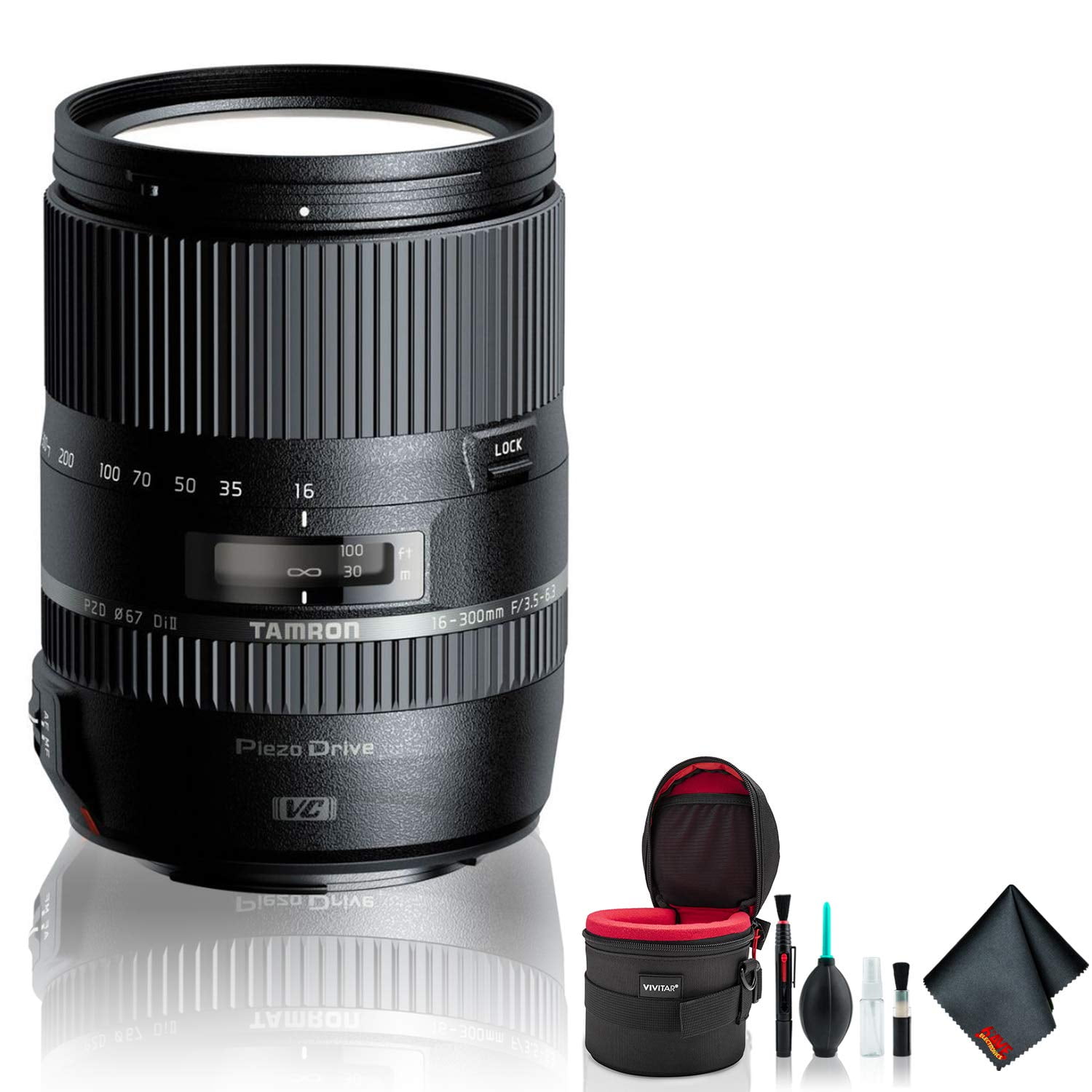

These cover the features of the many lenses that are available for different camera formats.īefore investing in an expensive lens, consider renting one. Two of our favorite sites for lens reviews are Digital Photography Review and Thom Hogan’s website, Sans Mirror.

For micro four-thirds bodies, many favor the featherweight, reasonably priced, and extremely sharp Zuiko 60 mm macro, which is what we use. These are all excellent (and expensive) lenses capable of producing publication-grade images. “Life size” is also referred to as 1:1.īased on our experience and what we see in other photographer’s bags, the three lenses favored by insect photographers who use full-frame cameras are the Nikkor 105-millimeter (mm) for Nikon mounts and the Canon EF 100 mm and MP-E 65 mm for Canon. “Macro” simply means that, if the lens is as close to the subject as is possible while keeping the subject in focus (usually a few inches), the image will be projected onto the sensor at life size (or larger). Photography Life offers an excellent explanation on RAW and JPG. But, if you ever want to enhance your insect photos by removing shadows, lowering highlights, or further processing a photo in Lightroom or similar software, you will get much better results with a RAW version of your photo. JPGs give you instant gratification and a good rendering of your photo.

#Best nikon macro lens 2020 plus
We recommend that you capture all images in RAW format, or, at a minimum RAW plus JPG. In this post, we’ll look at some technical considerations and equipment that make it easier to produce quality macro photos of insects. In our last post, we gave some general tips on obtaining better macro shots in the field. Photo by Jeremy Squire.Įditor’s Note: This post is Part 2 of a two-part series. At about 1.25 inches, or 32 millimeters, long, this Phrictus quinqueparitus, a Fulgorid planthopper, is one of the largest hoppers-and a glorious one at that.


 0 kommentar(er)
0 kommentar(er)
